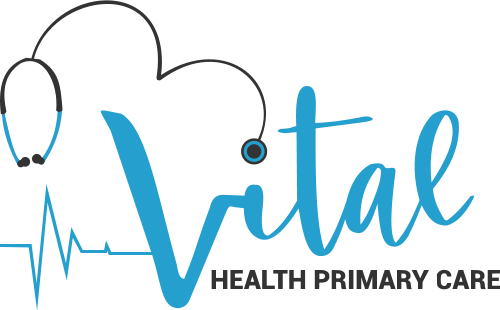If you’re looking to improve your health, a great place to start is with regular physical activity. It doesn’t have to be complicated or time-consuming; in fact, the benefits of exercise are gained by performing activities at any intensity level that gets your heart pumping.
Strengthens your heart and lungs.
Regular physical activity can help you breathe more easily, lower your blood pressure and cholesterol, and strengthen your heart. It also has other benefits such as increasing energy levels and improving sleep quality. Regular physical activity can even help you look and feel younger!
Studies show that people who exercise regularly tend to live longer than those who don’t exercise. A recent study conducted by the American Heart Association found that people who did moderate-intensity physical activity for at least 30 minutes each day reduced their risk of death from all causes by 30% over a 12-year period compared to those who were inactive.
Helps you maintain a healthy weight.
Regular physical activity can help you lose weight and keep it off, but that doesn’t mean you should go crazy with the treadmill or hit the gym every day. You may need to start out slowly by incorporating more physical activity into your daily routine. For example, if you take a brisk walk around your neighborhood or park each day after dinner, you’ll be doing something positive for your health without making any drastic changes to your lifestyle.
By incorporating exercise into more of your everyday activities—walking up stairs instead of taking the elevator, walking to work instead of driving—you’ll not only increase the number of calories burned in one day but also reduce stress levels while improving overall well-being. Exercise also helps strengthen bones and muscles which contributes significantly toward keeping a healthy weight and body composition as we age.
Reduces your risk of diabetes.
- Exercise helps reduce the risk of diabetes.
- How does exercise help to reduce the risk?
- How do I get started with exercise?
Lowers blood pressure and cholesterol.
Regular physical activity helps you lower your risk of heart disease, stroke and diabetes (high blood pressure and high cholesterol are risk factors for these diseases).
This is because regular physical activity helps to:
- Reduce LDL (bad) cholesterol levels.
- Increase HDL (good) cholesterol levels.
- Reduce insulin resistance, which can lead to type 2 diabetes or prediabetes.
Reduces your risk of certain cancers.
Regular physical activity can reduce your risk of certain cancers. According to the American Cancer Society, regular exercise may help prevent breast cancer in women and colon and rectal cancer in both men and women.
- How much exercise? The exact amount of exercise that reduces risk is not known, but it’s likely to be at least 30 minutes a day, 5 days a week.
- Benefits for cancer survivors? Exercise has been shown to improve mood and quality of life for people with chronic illnesses like heart disease or cancer. It can also help maintain weight loss after treatment for some types of cancer like breast, colorectal, prostate, or ovarian cancers by preventing regain of lost weight due to surgery or treatment side effects such as nausea from chemotherapy.
Improves your mental well-being.
Having positive mental well-being is about more than just feeling good. It’s also about feeling confident, positive, and motivated to achieve goals. Regular physical activity can play a big role in improving your mental well-being by helping you:
- Reduce stress and improve mood
- Sleep better
- Feel more confident in yourself and your abilities, which may help you achieve greater success at work or school
Regular physical activity can have a positive impact on many aspects of your health, including lowering your risk for certain diseases.
Regular physical activity can have a positive impact on many aspects of your health, including lowering your risk for certain diseases.
- Physical activity and exercise are important ways to keep your body in good shape. When you exercise, your muscles, bones and joints are put under stress that causes them to break down and rebuild themselves stronger than before. This process is called “tissue repair,” which helps strengthen the muscles and prevent injury. In addition, regular physical activity helps keep your heart strong as well as improve blood circulation throughout the body. It also improves muscle tone and aids in weight control by burning calories more efficiently than other activities do.
- Research shows that being active for at least 30 minutes per day has significant health benefits including reduced risk for coronary heart disease (CHD), stroke, type 2 diabetes mellitus (diabetes), breast cancer in post-menopausal women; colon cancer; endometrial cancer; osteoporosis; rheumatoid arthritis; depression; falls in older adults; sleep disorders like insomnia or obstructive sleep apnea syndrome (OSAS); obesity/overweight/underweight status based on BMI categories (Body Mass Index) according to World Health Organization guidelines)
Conclusion
The benefits of regular physical activity are numerous, and the more active you are, the greater your potential for a longer and healthier life. As we’ve seen today, there are many different types of activities that can help you achieve this goal—from walking to swimming or cycling! The most important thing is just finding something that works for you. You don’t need fancy equipment or even a gym membership; all it takes is some determination (and maybe some new clothes).



